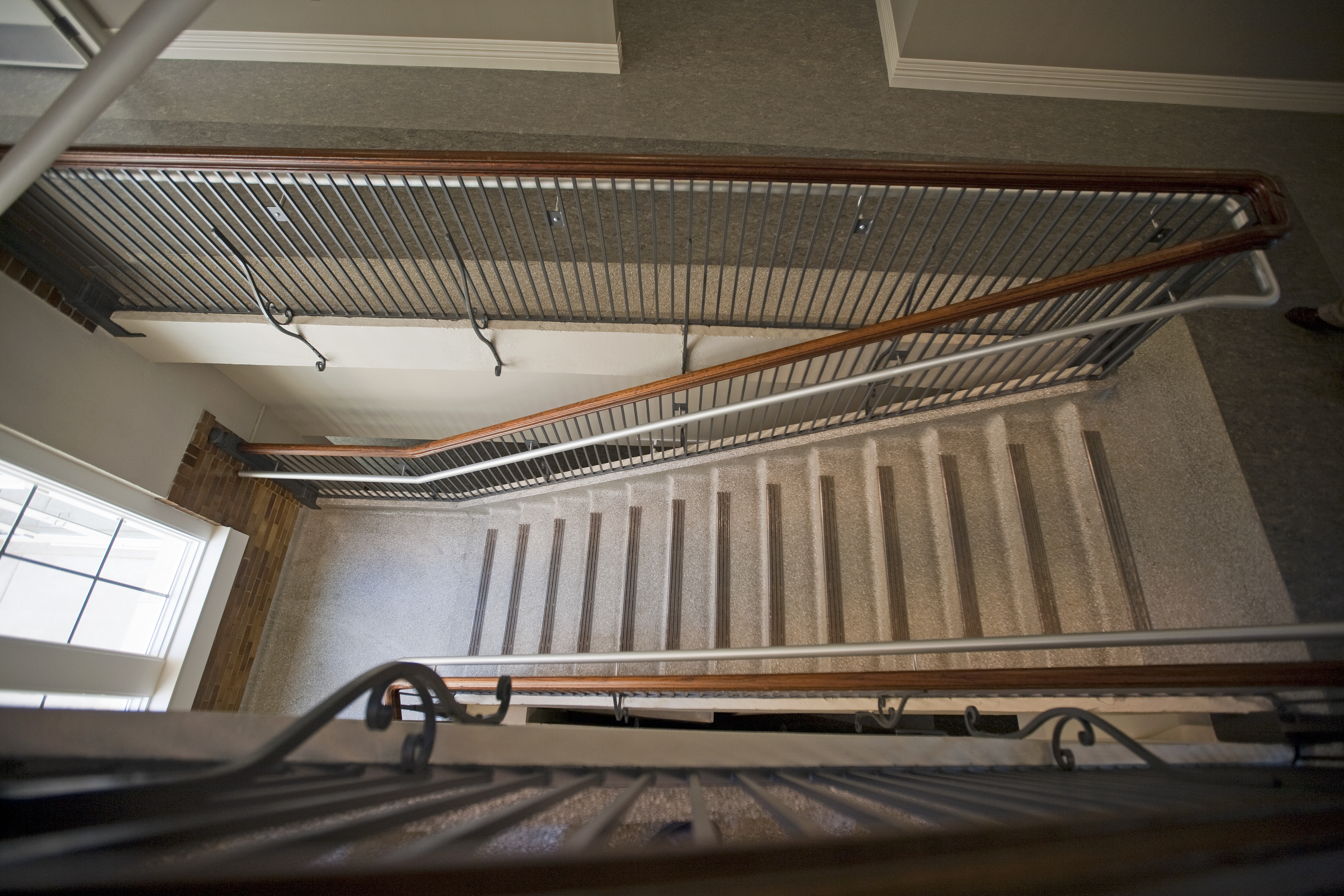Guidelines and Access Information
Federal Statistical Research Data Centers (FSRDCs) are partnerships between federal statistical agencies and leading research institutions. They are secure facilities providing authorized access to restricted-use microdata for statistical purposes only. Staffed by a Census Bureau employee, the FSRDCs meet all physical and computer security requirements for access to restricted–use data.
Researchers with approved projects may access establishment level business data and/or unreleased household data. In many cases, linked economic data are available, which provide a huge corpus of information. Other benefits of these datasets include low level geo-spatial variables, less top and bottom coding, and larger samples.
How to Apply for a Census Project
Please contact the administrator of the Central Plains Federal Statistical Research Data Center (CPRDC) Seth Kingery if you are considering writing a proposal. It is best to contact her early in the process so that she can guide you on new processes that are constantly developing.
All research proposals must undergo a rigorous and extensive review process before they can be carried out at an RDC. Researchers must be able to demonstrate that projects using Census data benefit the Census Bureau, are feasible, meet standards of scientific merit and feasibility, fit within the Census Bureau’s mandate and satisfy stringent confidentiality requirements. Proposals requesting NCHS and AHRQ data must meet criteria outlined by those agencies.
Step 1
Discuss your project with the Census Administrator, Seth Kingery with your project idea and send a two-page curriculum vitae.
Step 2
Read the Proposal Guidelines
Step 3
Write a Preliminary Proposal using this document, which includes a checklist of tasks you should do before writing the proposal and asks for items required in the full proposal.
Step 4
Work with the CPRDC Administrator in developing your proposal package which includes:
- Abstract of the proposal
- Project Description (Full Proposal)
- Statement of Benefits to the Census Bureau
Step 5
Submit your proposal to the Census Administrator, Seth Kingery, for review.
Step 6
Obtain Special Sworn Status – Researchers with approved projects are required to obtain special sworn status prior to beginning research at the secure lab in the CPRDC. To obtain special sworn status, researchers must be fingerprinted, make a sworn statement in the presence of a notary public, and provide additional information for background checks. Once completed, this process establishes the researcher as a temporary uncompensated employee of the U.S. Census Bureau. While working on projects at the CPRDC, researchers should consider themselves to be temporary uncompensated Census Bureau employees.
Step 7
Once approval has been granted and the researcher has gained special sworn status, statistical analysis must be performed within the secured CPRDC lab at University of Nebraska-Lincoln.
How to Apply for NCHS or AHRQ Project
Researchers with projects requesting use of NCHS or AHRQ data use the following process
Step 1
Review the information regarding available data and the application process via NCHS or AHRQ.
Step 2
Contact the CPRDC Administrator to ensure your project is feasible.
Step 3
Work with your assigned NCHS Analyst or the AHRQ Data Center Coordinator to prepare your proposal.
Step 4
Submit your proposal.
Step 5
Notify the CPRDC Administrator once your project has been approved.
Step 6
Obtain Special Sworn Status – Researchers with approved projects are required to obtain special sworn status prior to beginning research at the secure lab in the CPRDC. To obtain special sworn status, researchers must be fingerprinted, make a sworn statement in the presence of a notary public, and provide additional information for background checks. Once completed, this process establishes the researcher as a temporary uncompensated employee of the U.S. Census Bureau. While working on projects at the CPRDC, researchers should consider themselves to be temporary uncompensated Census Bureau employees.
Step 7
Coordinate data availability with your NCHS and AHRQ analyst.
Proposal Toolkit
A proposal is required to gain access to the CPRDC. You should contact the administrator, Seth Kingery early in the process so he can give you the most up to date advice. You should also check out the Census Bureau’s guidelines for proposals, the list of Census Benefits, and this guide to writing the benefits statements.
Your proposal is evaluated on the benefits provided to the Census Bureau, Scientific Merit, a clear need for non-public data, feasibility, and the risk for disclosure (Census Benefits, pp. 11-12, 2015). While all these criteria are important, be sure to focus on the benefits to Census, mentioning them in detail early in the proposal, while also weaving the benefits throughout the proposal to remind your reader of the importance of your work to Census. Working with the administrator increases the chances of your proposal approval.
Census Benefits Preliminary Proposal Research Proposal Guidelines
Policies and Procedures
Once your proposal has been approved, you’ll need to work with the CPRDC administrator to get Special Sworn Status (SSS). Please contact the administrator, Seth Kingery to get the packet for SSS. Completed packets should be given to the administrator. If possible, make an appointment to meet with the administrator to go over the packet. Remember to bring two forms of identification (i.e., driver’s license and social security card) if you are a citizen. Non-citizens should bring three forms of identification (i.e., a passport, visa, ...). If it is not possible to deliver the packet in person, please mail the packet.
Once your clearance is processed, you’ll have a short orientation in the facility.
